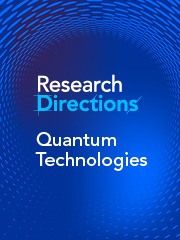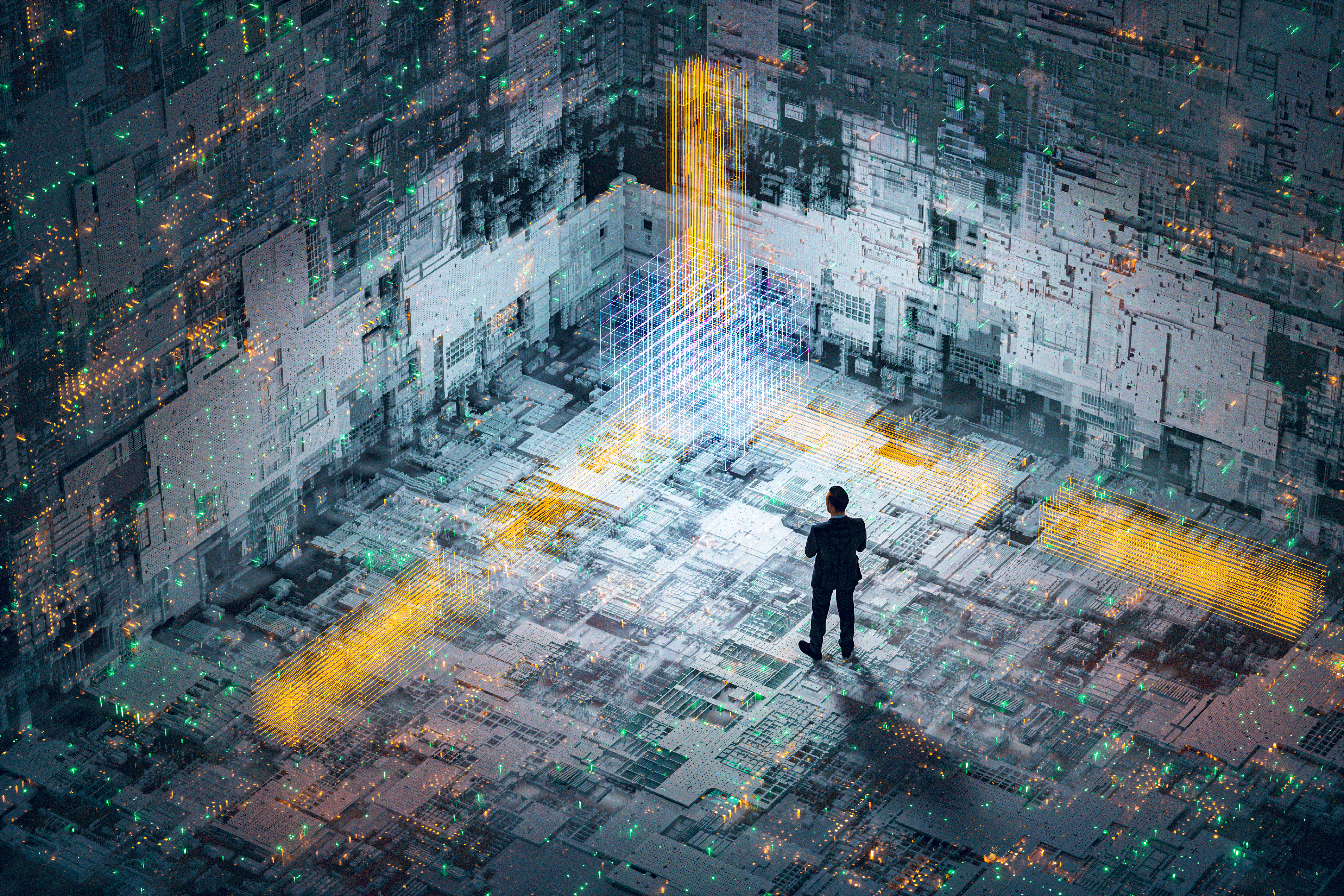Context
Quantum technologies (QTs) have matured over the past decade. A range of different technologies utilise atomic, photonic or large-mass optomechanical systems in quantum states. Quantum metrology experiments such as those using atomic clocks have been pushed to evermore precision, and superconducting devices have been used to implement quantum information processing, to name only some. What is common to all those QT implementations is that they in some regards outperform their classical counterparts or hold promise to do so. The development of QT systems is mostly driven by the desire to use them for applications such as new forms of computation, communication and sensing.
The question is now if and how such QT developed systems could be used for testing fundamental physics to satisfy the desire to solve long-standing problems and open questions in physics. Such questions include the open puzzle of how quantum mechanics and gravity are related and how general relativity might affect quantum systems, if there is a macroscopic limit of the quantum superposition principle and therefore quantum mechanics. A different set of fundamental physics questions are those around particle physics beyond the standard model including effects and prediction for models and new particles in the so-called dark sector. These are candidates of dark matter, which are manifold and span a wide range in mass and interaction cross section, new types of interactions related to dark energy or also such which consider to modify gravity – general relativity and Newtonian – as we know it.
QTs seem to be able to contribute in many ways to the quest into fundamental physics, based on an increased sensitivity to probe for ne particles and ever weaker interactions, but also as larger, more complex, more massive and multi-partite quantum states (in many ways more macroscopic than ever before) are generated in experimental physics labs and therefore we become able accessing a fully new parameter range – the macroscopic one – for testing quantum mechanics itself. Specific questions may include:
-
Limits/quantum advantage of quantum sensing for probing fundamental physics
-
Fundamental physics effects and signatures in QTs
-
Novel QTs and/or new fundamental physics to be explored
-
Quantum computation for fundamental physics, data mining, processing.
How to contribute to this question
If you believe you can contribute to answering this question with your research outputs find out how to submit in the Instructions for authors (https://www.cambridge.org/core/journals/research-directions-quantum-technologies/information/author-instructions/preparing-your-materials). This journal publishes results, analyses, impact papers and additional content such as preprints and “grey literature”. Questions will be closed when the editors agree that enough has been published to answer the question so before submitting, check if this is still an active question. If it is closed, another relevant question may be currently open, so do review all the open questions in your field. For any further queries check the information pages (https://www.cambridge.org/core/journals/research-directions-quantum-technologies/information/about-this-journal) or contact this email (quantumtechnologies@cambridge.org).
Conflict of interest
The author declares none.






